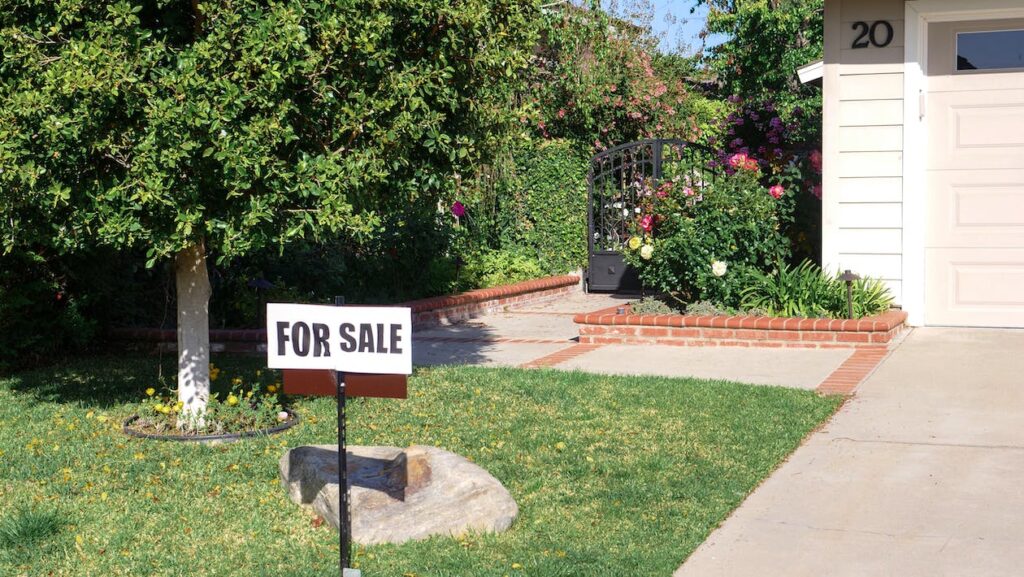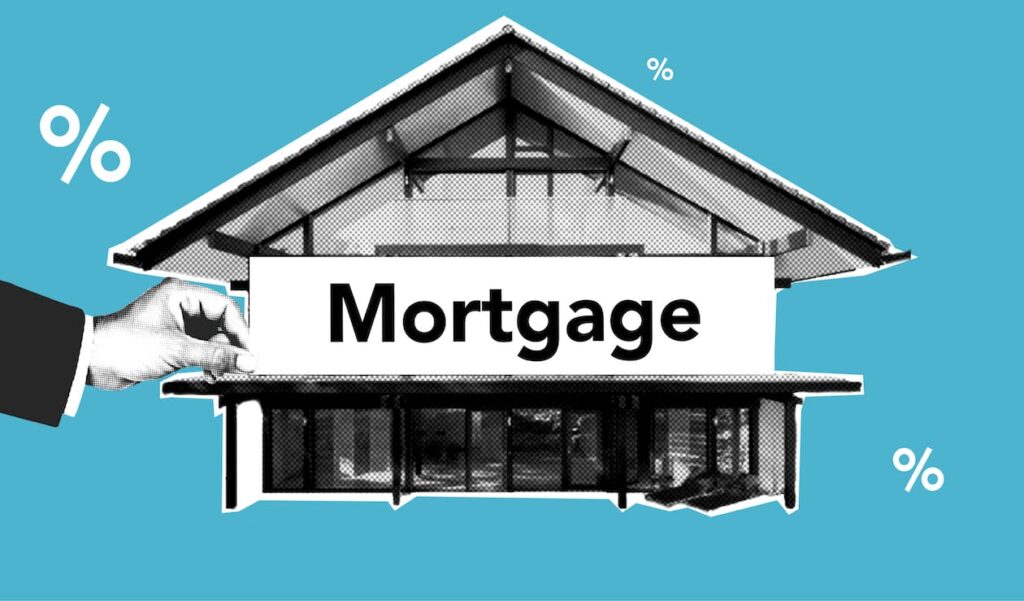Despite living in the biggest economy in the world, Americans are not exempt from the housing crisis that most of the rest of the world is experiencing. According to a report conducted by Harvard’s Joint Center for Housing Studies, about half of all renters in the country are spending an average of 30% of their total income on rent alone. The report analyzed data obtained from the 2022 population census data. Rental prices have been on an acute climbing trajectory since the end of 2021. An inadequate supply of housing is believed to be the reason for these rising prices—declining vacancy rates drove prices higher and higher, which meant that affordable housing quickly became an urban myth for most individuals and families looking to set up their own living space.
Housing costs don’t stand alone in the list of things driving up the general burden of cost for Americans. Combined with housing costs, this means that lower-income families in the country have less and less disposable income to spend on other essentials such as food, health care, and retirement. America is also experiencing record levels of homelessness this year, reflecting the number of people who are finding it difficult to even put a roof over their heads given the cost of even providing for their groceries. In America, people who cannot afford market rates for housing may turn to living in public shelters, living out of their cars or just in public spaces. The easing off of the effects of the pandemic is also slowing down rental price growth.

Fortunately, public agencies are not turning a blind eye to the situation at hand. As of now, policy action is focusing on increasing the housing supply in the market. Hopefully, this will result in the easing of pressure on rental prices. Mill Valley, in Marin County, California approved a 100% affordable housing development project in the first week of February, for the first time in 30 years. The project will be a four-story building with 44 housing units. The units, which are expected to cost anywhere between $97 – $2,908 per month will be reserved for low-income residents. Low-income residents are defined as those who only make between $40,000 to $130,000. Affordable housing development projects such as these are few and far between due to public hesitation to allocate land for these projects, as well as a lack of financing for projects. More policy interventions such as increased subsidies, and a broad commitment on the federal, state, and local levels are needed to deliver far more sustainable solutions than waiting for individual projects to take off. Also, according to media reports, the project in Mill Valley has been struggling to find a suitable plot of land since 2021.
New York is currently one of the cities offering subsidies for people looking to exit the shelters. The city will be providing vouchers in an initiative where nonprofits that are contracting with the city to lease buildings from private parties can receive payments through social service funds. The program also aims to alleviate the challenge of the lack of appropriate land by issuing an emergency declaration to expedite the contracting process so that providers can lease buildings quickly. Habitable, vacant buildings are key for the initiative to work. The authorities expect the program to create 500 affordable housing units for low-income individuals. Mayor Eric Adam’s Zoning for Housing Opportunity plan will further contribute by removing the restrictions that sought to protect gentrified neighborhoods from losing their ‘character’. The plan will find a middle ground by creating more housing in every neighborhood. This policy will be submitted for public review in the spring of this year before being put to the City Planning Commission. If the proposal clears these steps, it should be put to the vote before the City Council before the end of this year.

The market is of course responding to declining consumer interest by offering more flexible options for the people who are struggling. Popular rental market platform Zillow is now offering people the option to search for single rooms for rent—this is because people are subletting their own rental spaces to meet the cost. A beta version was first launched in November and already has 10,000 single-room listings ahead of being launched nationwide. The housing sales market in America is reflecting the issue of affordability as mortgage rates in the country rise steadily as well. The U.S.’s median house sales price has risen 5.4% year over year in the first four weeks of 2024 while pending sales have decreased by 8%. The high prices are forcing buyers to wait out the high tides, while sellers are loath to let go of their homes while they hold the lowest mortgages in the market. Since the demand for housing is quite effectively ‘stuck’ without supply, as is the price with them.
A rise in average income of course has the potential to break this vicious cycle—given the prevailing trends, it is difficult to imagine that housing prices will decline any time soon. Subsidizing the housing process increases the comparative purchasing power of the public, albeit only concerning housing. On the other hand, an improvement in the economy in general will also increase the income of the people in general. One thing is clear, however— waiting for this to happen as part of the natural trend in the economic cycle is simply not a feasible option. Every week, month, and year that passes adds to the burden of people who cannot afford one of the basic human rights, shelter from the elements.
(Theruni M. Liyanage)
